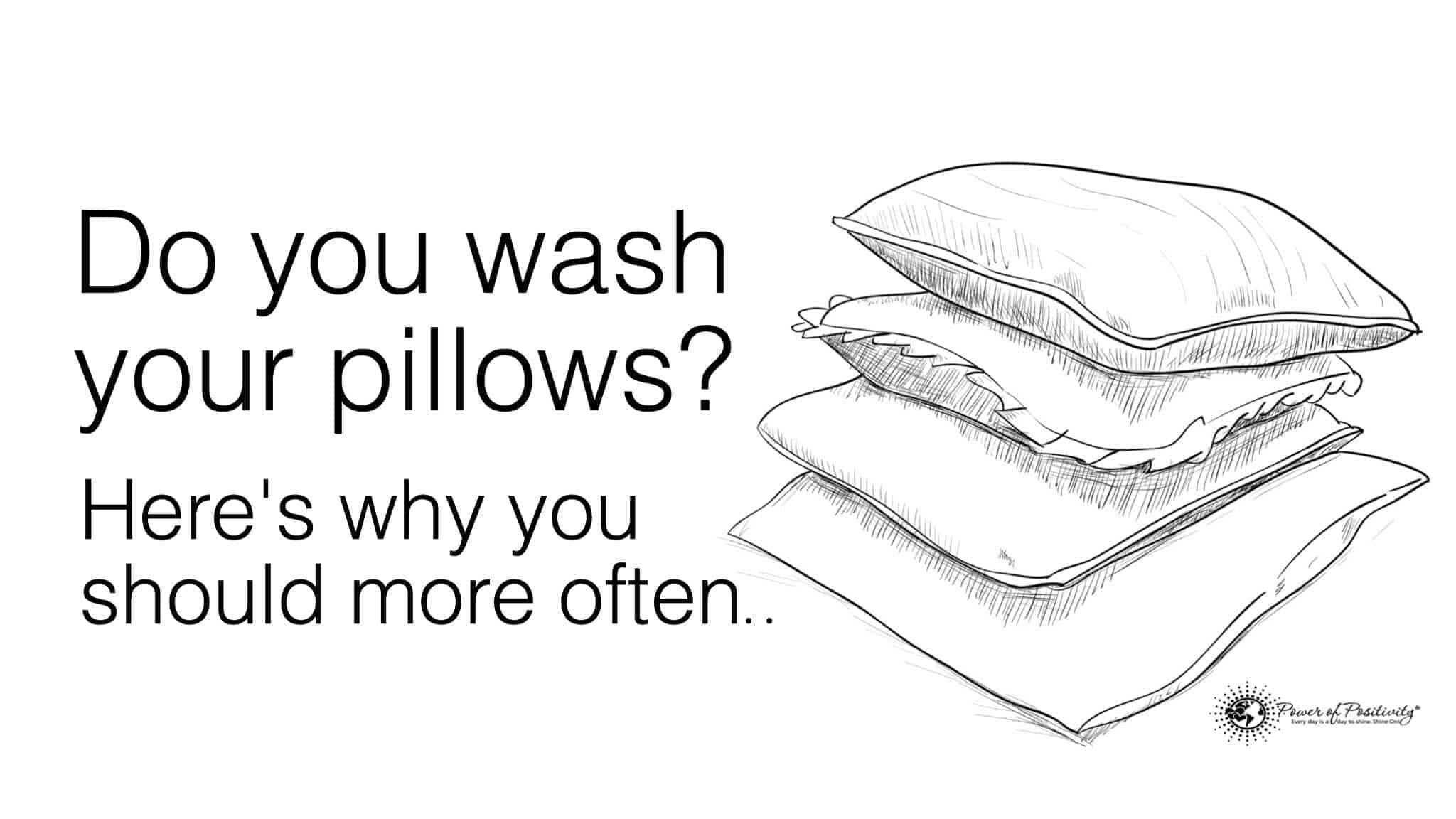Wheat and wheat proteins are in many different foods, so it can be highly inconvenient when you have a wheat intolerance. This intolerance can cause many different health problems if it isn’t controlled. In fact, a wheat intolerance could be so severe that it may be fatal. The key to managing this debilitating allergy – aka gluten allergy – is knowing the symptoms and how to live with them so you don’t trigger them.
Keep reading to find out more about wheat intolerance and the symptoms that it causes.
What is a Wheat Intolerance?
A wheat intolerance (wheat allergy or non-celiac gluten sensitivity) is a condition in which a person has adverse reactions to eating wheat or wheat components. Wheat allergies may sound relatively straightforward, and it generally is. However, there tends to be a bit of confusion that can blur the definition.
First, a wheat allergy is not the same as a gluten intolerance. Many people use the terms interchangeably, but this is incorrect. It’s possible to tolerate gluten in other foods, such as rye or barley. However, if you can’t tolerate gluten, you probably can’t tolerate wheat.
Another mix-up is that a wheat allergy is Celiac Disease, or it causes Celiac Disease (CD). The CD is related more to gluten intolerance, not wheat allergies. This means you can have wheat allergies and not have CD. However, if you have CD, you may not be able to tolerate wheat.
Wheat allergy is a condition that is still under medical and scientific investigation. Several speculations exist about why people have wheat allergies or what causes it. Even the way foods are processed is a theory behind wheat allergies.
One thing is sure about wheat allergies – it’s obvious when a person has this condition. There are quite a few signs that can’t be ignored. In the next section are eight signs of a wheat allergy.
Eight Signs of a Wheat Intolerance
1. Joint Pain
Joint pain is commonly reported in people with a wheat allergy, especially when that intolerance is due to gluten. In wheat-intolerant people, eating wheat proteins can trigger an autoimmune response. This response causes a person’s immune system to attack the allergens. Unfortunately, the attack causes inflammation around the joints. This attack and the subsequent inflammation are what causes joint pain.
2. Mental or Emotional Issues
Specific proteins in wheat have been scientifically shown to affect your mood and cognitive functioning negatively. Gluten is one of the biggest culprits. Remember that we’ve told you that if you have gluten intolerance, you have a wheat allergy (but not vice-versa). These adverse effects include but are not limited to mood swings, depression, anxiety, and mental disorders.
In the study of wheat allergies, there are many theories about why wheat proteins can put you in a bad mood. Some scientists believe that it’s an autoimmune response issue. Some say it’s because exorphines (polypeptides) bind with morphine receptors in the brain.
No matter which theory you come across, there is one common consensus – wheat allergies, or rather the lack of control of wheat allergies, cause mental and emotional issues.
3. Digestive Problems
Digestive problems are the most noticeable symptoms of wheat allergies. They can also be the most problematic symptoms. Some of the more common digestive problems are:
- Nausea
- Vomiting
- Diarrhea
- Abdominal cramps
- Bloating
- Gas
Many of these issues stem from the fact that a body with wheat intolerance can’t process some or all the proteins in wheat. These other issues aren’t usually painful except for abdominal cramping, but they can wreak havoc on your body if you continue to have them.
4. Neurological Problems
One of the most common neurological problems that stem from wheat allergies is headaches. These headaches can range from mild to full-on migraines. Extreme headaches from wheat allergies can be debilitating, keeping you from completing your daily activities.
Other neurological issues include brain fog, insomnia, vertigo, and attention deficit hyperactivity disorder (ADHD). Work and school performance can suffer and people suffering from uncontrolled wheat allergies may even begin to feel stupid or clumsy.
5. Fatigue
Fatigue can be one of the most debilitating symptoms of wheat allergies. It’s could be considered a secondary or sub-symptom because mental or physical issues can cause it. Of course, the underlying problem would be the wheat allergy, but other symptoms or a collection of symptoms often cause fatigue.
Many studies on fatigue indicate that, in many cases, it results from psychosocial issues. From this, it’s safe to say that many neurological and mood symptoms contribute to fatigue due to wheat allergies. It’s been proven that depression can cause feelings of fatigue, so deducing this theory isn’t a far stretch.
Psychological issues don’t eliminate physical issues as contributing factor to fatigue. Your body can deal with so many problems that all your energy is used to combat the different issues. It could even be that the wheat allergy is preventing your body from processing the energy from the fuel you’re ingesting (food).
6. Skin Problems
When thinking about skin problems from food allergies, the first thing that comes to mind is a rash. It can be confusing why something you ingest affects your skin on the outside so here is a quick explanation.
First, a rash indicates that your body is fighting the allergy. Your body will consider the wheat proteins as invading substances. Histamines are then released to “get rid of” the wheat proteins. These chemicals cause your capillaries to leak, which collects under the skin, causing a rash.
A rash from food allergies is a good sign in a particular light. It means your body is strong enough to eliminate the “invaders.” However, rashes don’t feel good and don’t look good, so the bad outweighs the good.
7. Respiratory Problems
Wheat intolerance is a type of allergy and, like other allergies, can cause several respiratory issues.
One example of this is a condition known as Baker’s Asthma. A study done on bakery workers showed that wheat stimulates epithelial cells that release inflammatory cytokines called Transforming Growth Factors-?1 (TGF-?1). These cytokines peak after just six hours of exposure which is concerning since a typical bakery worker works an eight-hour shift or more.
Inflamed airways can cause secondary symptoms such as:
- Coughing
- Wheezing
- Shortness of breath
- Mucus
As you can see, the respiratory problems from wheat allergies can be severe. They can be so severe that they lead to the following symptom on the list, anaphylaxis.
8. Anaphylaxis
Anaphylaxis is a severe allergic reaction from food allergies like wheat. It’s a life-threatening condition that requires you to seek medical attention immediately.
Anaphylaxis occurs when your body “overreacts” to the histamine that’s released in your body. You may have multiple areas of your body that are affected all at once and it could be too much for your body to handle alone. Other acute problems that can occur with anaphylaxis include:
- Hives
- Tongue swelling/inability to swallow
- Closed throat/throat swelling
- Loss of consciousness
- Death
As you can see from the symptoms above, the biggest problem with anaphylaxis is that you won’t be able to breathe. That’s why you must seek immediate care for anaphylaxis.
Living With Wheat Allergies
Once you’ve confirmed your wheat allergy, you must change your diet to avoid eating wheat protein. The most obvious change is to avoid anything with wheat in it. You can also look for gluten-free foods, but remember that they may still have other wheat proteins. Make sure you read labels thoroughly.
There are a lot of foods that have ingredients with alternative names to wheat as well as pre-processed foods that contain ingredients that secretly have wheat proteins. You should become familiar with them and avoid them also.
Here are a few more common foods that might contain wheat:
- Barley
- Chicken broth
- Salad dressings
- Veggie burgers
- Couscous
- Semolina
- Kamut
As you can see, many foods/ingredients aren’t even grains. Living with a wheat allergy requires a good bit of research and dedication. You should also keep an Epinephrine pen (EpiPen) in case of an anaphylactic emergency. Of course, you should consult your doctor before getting an EpiPen.
 Final Thoughts on Wheat Intolerance
Final Thoughts on Wheat Intolerance
Sometimes wheat allergies won’t be noticeable, mainly because the eight symptoms above can occur from so many other issues. However, the key is paying attention to when the symptoms occur.
Symptoms from wheat allergies often happen in a time range of a few minutes to a few hours after eating the offending foods. The good news is that by knowing the symptoms and how to live a wheat-intolerant lifestyle, you can prepare for anything that wheat allergies throws at you.






















